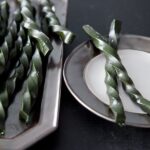Have you ever encountered a fragrance so captivating it transports you to another world? Oud, a precious resin derived from a rare Southeast Asian tree, offers just that kind of olfactory experience. Renowned for its complexity and intensity, oud boasts a unique scent profile that’s both alluring and intriguing. Let’s delve into the mysterious world of oud and explore its captivating aroma.
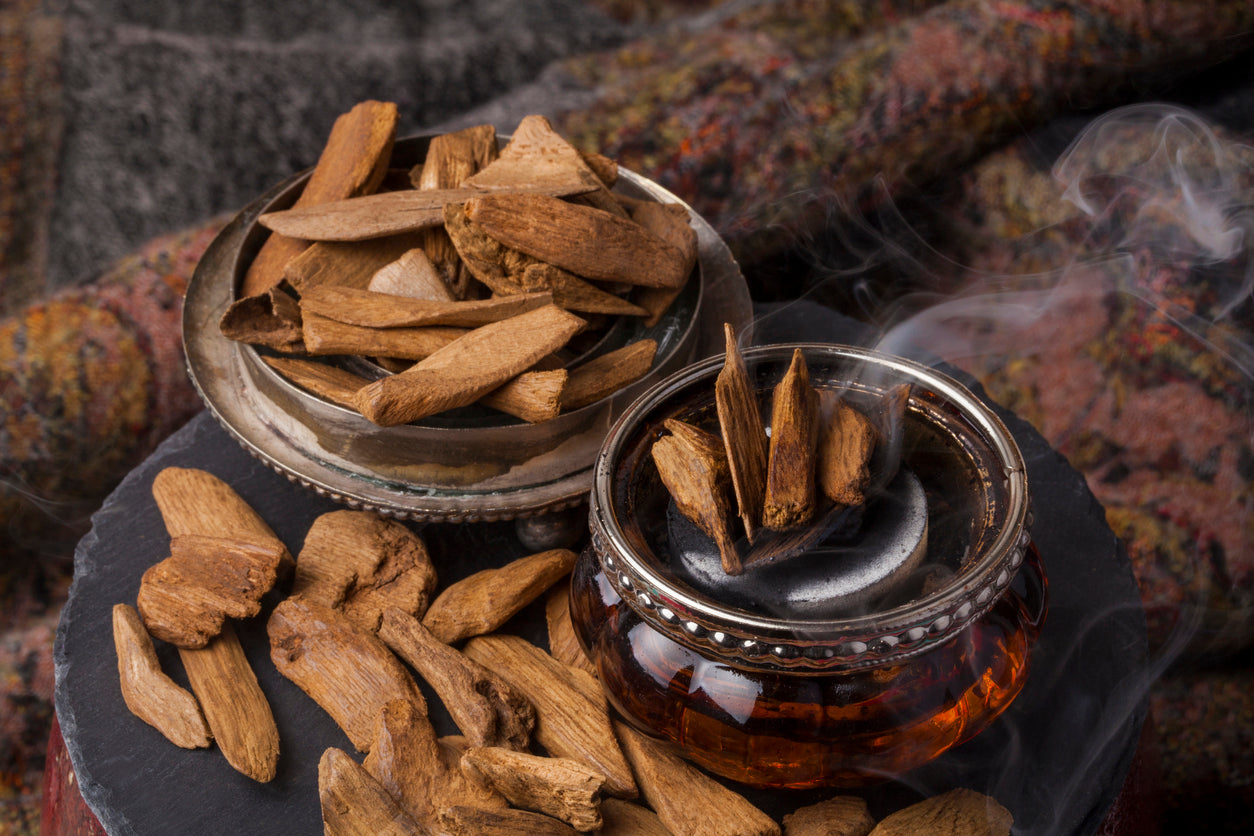
WHAT IS OUD?
Oud, an intensely aromatic oil derived from tree resin, serves as a foundational note in perfumery, imparting a profound and sensually woody dry down. Renowned for its rich history, oud has been a cherished ingredient in herbal medicine, perfumery, and spiritual practices for centuries, particularly in Southeast Asia and the Middle East. Dating back to 1400 BC, it is referenced in the Sanskrit Vedas as a symbol of opulence.
Oud oil holds a significant place in various religious texts and traditions; agarwood, the source of oud oil, is mentioned in the Old Testament of the Bible, and Muslim prophets were believed to purify their garments with its aromatic smoke. In contemporary times, agarwood chips are commonly burned as incense during religious ceremonies in China, Japan, and India. Oud oil is also employed as a symbol of hospitality in mosques, temples, and homes worldwide.
Beyond its religious roles, oud is esteemed for its healing properties. Recognized for its anti-inflammatory and soothing effects, it finds application in herbal teas and meditation rituals. The cultural significance of oud transcends borders, making oud perfumes a homage to its illustrious past and an invitation to experience the exquisite traditions associated with this precious substance.
WHAT DOES OUD SMELL LIKE?
Each version [of oud] has its own olfactive specificity ranging from herbal to woody,” In an email correspondence, Olivia Jan, a senior perfumer at Givaudan, elucidates the regional distinctions among agarwood trees. “Across other countries, there are different variations like aquilaria crassna from Laos and aquilaria sinensis in China.”
Oud, an enchanting fragrance, exudes a mysterious allure with its unique characteristics. Often described as warm, intense, earthy, and sensual, it carries a subtle animalic note. Originating from the natural realm, many perfume enthusiasts liken oud to the aroma of fresh, slightly damp soil, a rustic barnyard, or sun-drenched hay.
When naturally extracted, the scent of oud can vary depending on the species of the aquilaria tree from which it is derived. Some resins exhibit a sweeter aroma, while others are smokier and more balsamic, with their distinctive character evolving during the drying process. Synthetic ouds, on the other hand, present a different olfactory profile – typically less animalic than their natural counterparts, with a slight sweetness and nuttiness.
Furthermore, the profile of oud is influenced by its top and heart note pairings. A noteworthy example is Royal Oud, where the ingredient’s signature woody spiciness is complemented by a refreshing twist of bergamot.
WHY IS OUD SO SIGNIFICANT?
Oud stands as one of the most expensive ingredients in contemporary perfumery, with agarwood, its source timber, ranking among the world’s priciest at $100,000 per kilogram, primarily due to its scarcity. In the forests of Southeast Asia, only one out of ten trees is estimated to naturally yield the precious resin, rendering it an exceptionally rare substance highly sought after in fragrance crafting.
The labor-intensive extraction process further contributes to oud’s high cost. Prior to distillation, artisans meticulously hand-carve resin-infused wood chips, a procedure that often spans several hours.
In response to the dwindling availability of the aquilaria tree, it has now earned protection as a species under the CITES (Convention on International Trade in Endangered Species of Wild Fauna and Flora). To meet the demand for agarwood resin, many trees undergo artificial treatment with a microbial compound. Consequently, synthetic ouds have become a prevalent alternative due to the challenges posed by natural scarcity and conservation efforts.
HOW LONG DOES OUD PERFUME LAST?
Oud possesses an enigmatic quality that accentuates one’s individual skin chemistry, intensifying its musky essence with an intimate and animalic allure. Its robust diffusion makes it a sought-after choice for those desiring a fragrance that leaves a noticeable and lasting impression.
The potency of oud perfumes grants them a remarkable endurance on the skin, lingering for several hours to a full day. Serving as a fixative in fragrance formulation, oud is often the lingering note once the initial top and heart notes dissipate, revealing a lingering earthy and animalic aroma.
Oud fragrances, known for their heavier base notes, such as oud or ambergris, tend to boast a longer shelf life compared to their lighter counterparts. Their resilience against oxidation contributes to a more extended duration of olfactory satisfaction.
Typically, oud fragrances maintain their quality for approximately three to five years. However, factors like formulation and storage conditions can influence this timeframe. To preserve your fragrance, explore effective storage tips here.
BEST OUD PERFUMES
Maison Francis Kurkdjian Oud Satin Mood: This captivating fragrance blends the richness of oud with the sweetness of rose and raspberry. Smoky and sensual, it’s a perfect choice for those who appreciate a touch of mystery in their scent.
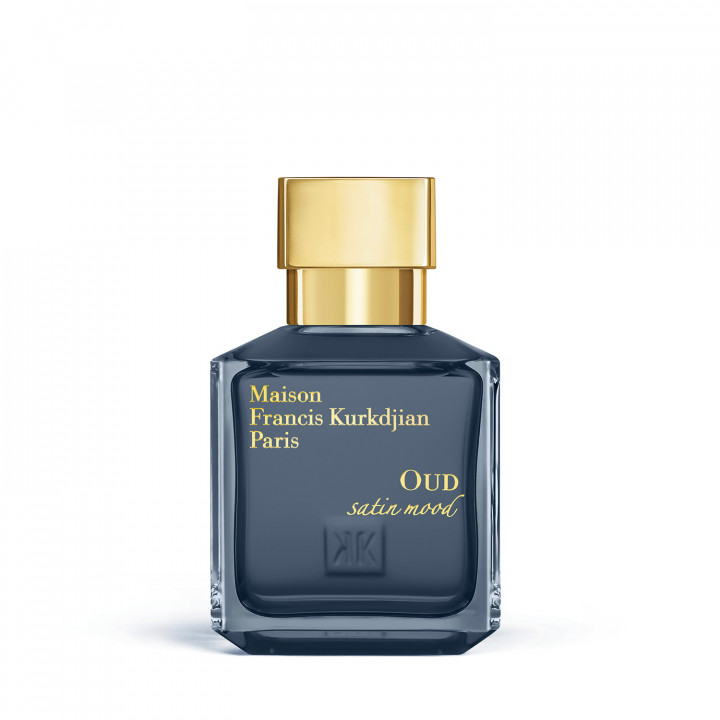
Tom Ford Oud Wood Eau de Parfum: A woody masterpiece, Tom Ford’s Oud Wood is a sophisticated and complex fragrance. The oud accord is beautifully balanced with warm spices, creamy sandalwood, and a touch of vanilla for a truly luxurious experience.
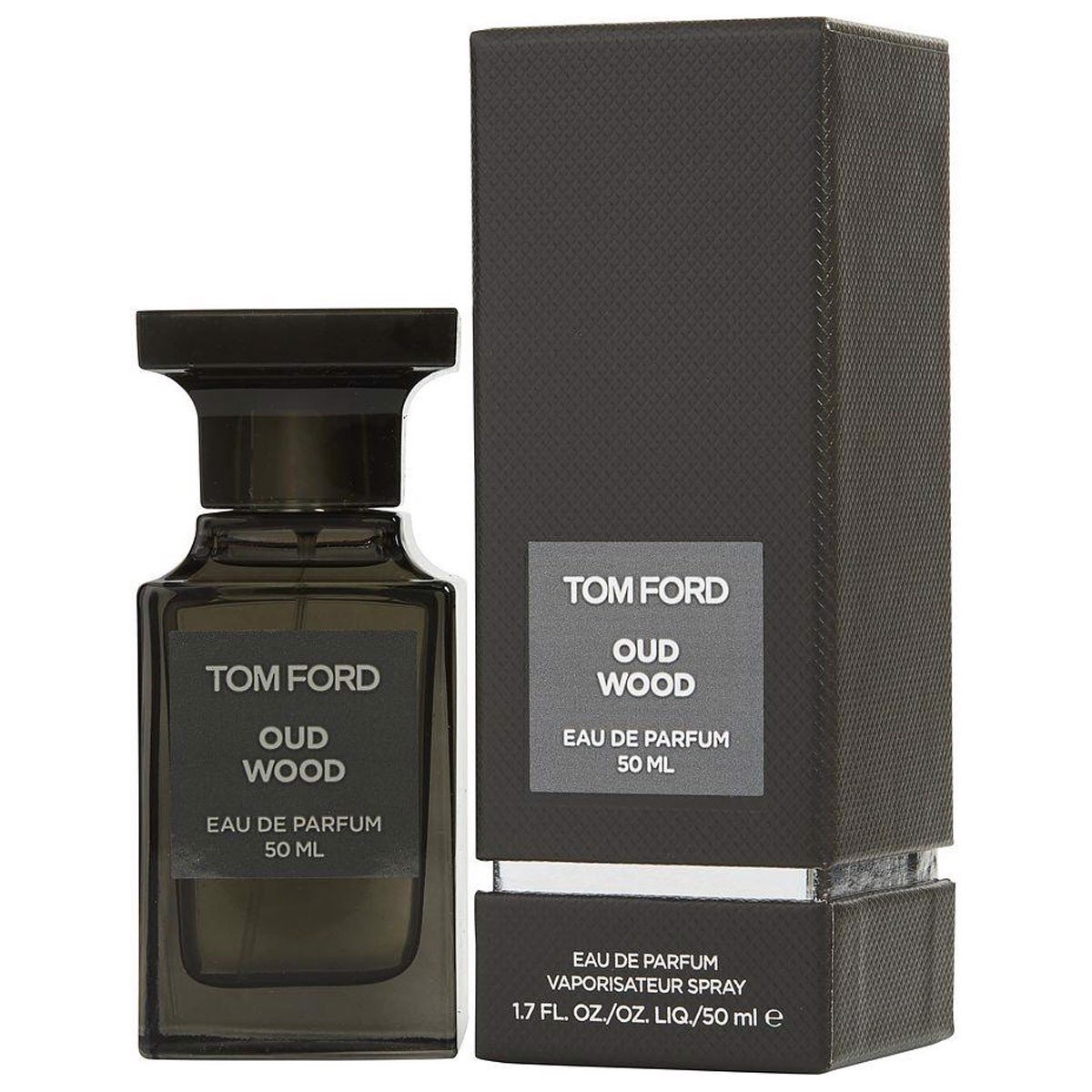
Byredo Mumbai Noise: This vibrant fragrance takes inspiration from the bustling streets of Mumbai. The oud note is blended with lively accords of cardamom, black pepper, and vetiver, creating an energetic and unforgettable scent.

Diptyque Oud Palao: This rich and resinous fragrance is a true celebration of oud. The oud accord is complemented by notes of saffron, leather, and labdanum, resulting in a deeply evocative and complex scent.

Jo Malone London Oud & Bergamot: If you’re new to oud fragrances, Jo Malone’s Oud & Bergamot is a perfect introduction. The fresh and citrusy bergamot balances the intensity of the oud, creating a beautifully balanced and wearable scent.
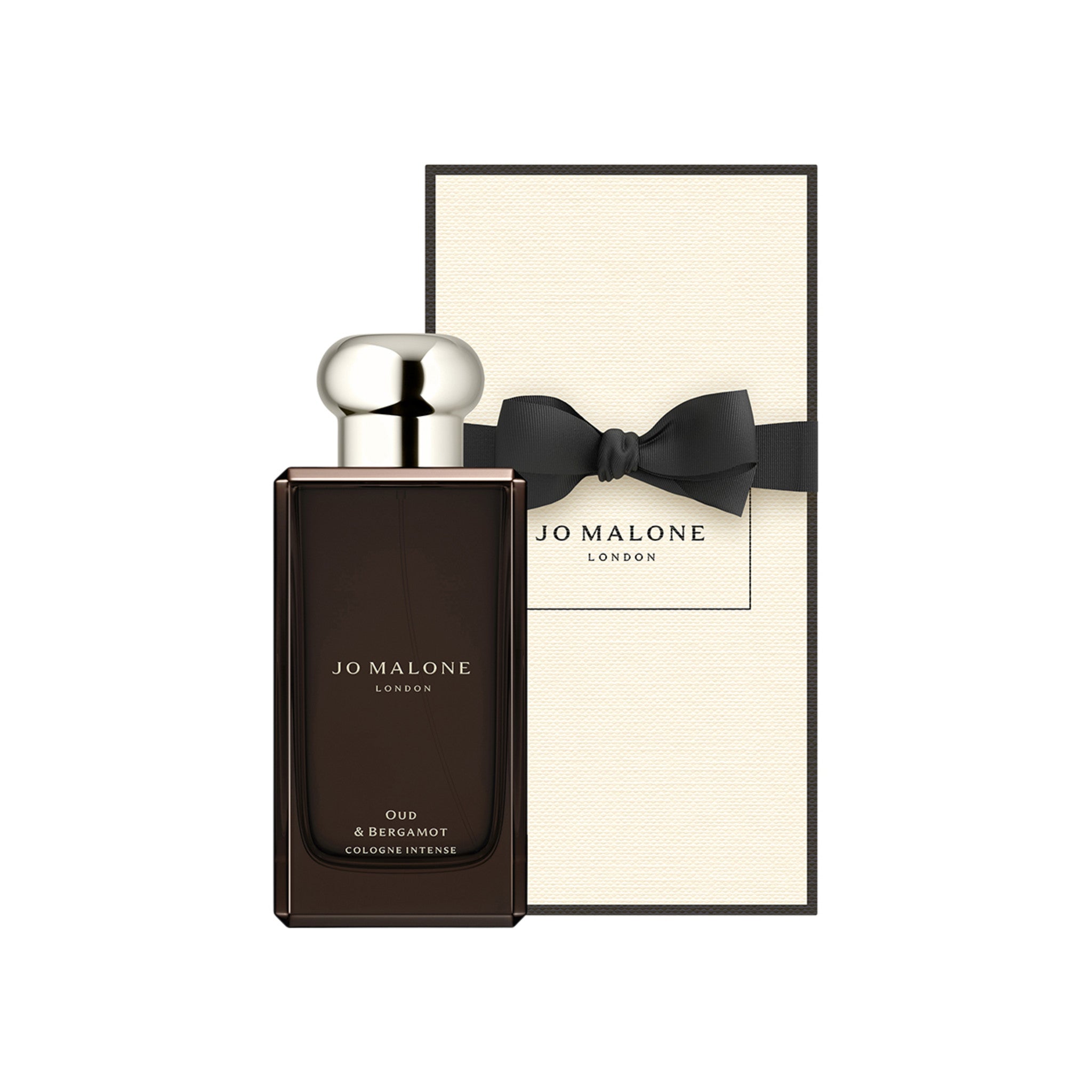
FAQ
1. Is Oud a Perfume or Oil?
Traditionally, oud was enjoyed in its natural form as an incense or burning perfume. Today, oud oil is extracted from the resin and used as a key ingredient in many luxury perfumes. The oil is often blended with other fragrant components to create a more balanced and wearable scent.
2. Is Oud Unisex?
Oud fragrances can be enjoyed by both men and women. The overall scent profile will depend on the specific blend and the accompanying ingredients. Some oud perfumes lean more masculine with woody and leathery accords, while others incorporate floral notes for a more feminine touch.
3. How Much Does Oud Cost?
Due to its rarity and laborious harvesting process, oud can be incredibly expensive. The price can vary depending on the quality and origin of the resin. High-grade oud oil can fetch thousands of dollars per ounce, making it a truly luxurious fragrance ingredient.
CONCLUSION
The world of oud is an olfactory adventure. From its rich, woody depths to its surprising hints of sweetness and smoke, oud offers a truly unique and captivating fragrance experience. Whether you find it alluring or challenging, oud’s complexity is undeniable. So, if you’re curious to explore this fascinating ingredient, take a leap and discover the magic of oud for yourself. You might just be surprised by the captivating scent journey that awaits.





